Combating Counterfeit Packaging Through Effective Customer Communication
Date: April, 2019 | Category: Proofreading | Author: Ryan Szporer
While counterfeiting is usually associated with money, actual consumer products can be copied too, right down to the packaging. It’s an issue about which brand companies are ever-vigilant, leading to the development of several key anti-counterfeiting measures.
The Need for Anti-Counterfeit Measures
If you’re skeptical of the threat counterfeiting poses, consider the number of fake pieces of clothing or copied versions of video games and movies to which you may have been exposed. Indeed, counterfeit products are all over the place and readily available to most. However, the seriousness of the issue really should hit home when you think about goods like drugs and electronics, the latter of which, when counterfeited, tend to fail fire-safety tests.
Counterfeiting doesn’t just have negative ramifications for the victimized companies, but the consumers themselves. In fact, as just alluded to, sometimes the ramifications to consumers are much worse.
It’s true that, in the specific case of counterfeited non-consumables, purchases are often made by customers who know full well what they’re buying, as surveys have revealed. In such instances, consumers willingly sacrifice quality for a lower price point. However, fake products like pharmaceuticals, which actually represent the biggest piece of the pie for counterfeiters overall, are generally sold with the intent of being passed off as genuine articles. All it does is prompt more of a need for the previously mentioned anti-counterfeiting measures.
Covert vs. Overt Anti-Counterfeiting Measures
Measures run the gamut from Radio-Frequency Identification (RFID) tags for tracking purposes to anti-tampering technologies that similarly help to protect brand equity, just in a different way. The packaging design itself can be manufactured in such a way to make it incredibly hard for counterfeiters to replicate. For example, holograms not only add an aesthetic element but, if created using electron beam lithographic technology, can be near-impossible to copy.
Optimally, anti-counterfeiters must strike the right balance between the obvious (overt) and subtle (covert). While covert features are intended to help companies stay a few steps ahead of counterfeiters, overt features are meant to signal to consumers that the product is legitimate.
Covert features are meant to be hard to detect and copy. Overt features are hard to copy as well, though. Think along the lines of an anti-counterfeit sticker, which, when removed from the packaging, leaves visible damaging. Packaging that doesn’t have the sticker or a clearly identifiable spot where it was should be interpreted as a signal to the consumer to consider the product counterfeit as a precaution.
An Ongoing Battle Against Counterfeiters
Unfortunately, as ingenious as some of these measures seem, any advantage companies have in the ongoing high-stakes battle has to be seen as a stop-gap. Counterfeiters aren’t going to stop and in many ways, they’re winning in spite of the resistance.
In 2016, the cross-border counterfeit market was estimated as exceeding $1.7 trillion in cost, including indirect losses to governments and consumers. The compound annual growth rate from then until 2022 is meanwhile projected to be two to three times that of food, beverage, and pharmaceutical products.
In other words, there’s a lot left to lose. As proof, brand companies have already lost a lot, and not just in terms of the up-to 50% in revenue. Significant amounts of money are also spent by companies and governments, seizing fakes and developing future anti-counterfeiting strategies.
That’s why, in addition to developing effective measures that are irreproducible, cost-effectiveness is also a focal point. It may seem logical to include more anti-counterfeiting measures on the packaging that are required, following a better-safe-than-sorry mindset. Fewer is better here though, as long as the up to three recommended, visible elements are strong on their own. The proposed limit also makes it easier to inspect the packaging for potential tampering.
Furthermore, anti-counterfeiting elements need to be updated regularly. Companies would only be making their lives costlier and more complicated by needlessly overdoing it. It’s more effective to devote any excess financial resources to regularly updating the few elements you do have and making them as hard to replicate as possible than simply throwing a bunch of half-cooked eggs in the same basket at once.
Customer Communication Is Key
Similarly, when presented with the dilemma of whether to apply the same elements across all packaging and product lines or different ones, it’s actually better to go with the same ones.
Anti-counterfeiting experts Libor Šustr and Dr. Petr Hampl write in a Packaging Europe article published by Tim Sykes: “Because unit costs correlate with batch size, it is better to cover all products with the same element and make frequent changes. The advantage over potential counterfeiters is thus ensured and customer communication is easier.”
The customer communication point is key. It’s true that, if someone wants to buy a knock-off, they’ll find a way. In such an instance, it’s more of a customer loyalty issue than a counterfeiting one, where companies should be asking themselves why people want lower-quality versions of their products. It may make more sense to focus on improving your product if possible to the point that customers don’t want any cheap substitutes.
Anti-counterfeiting measures can only do so much, but they’re at their most effective when companies are working in conjunction with their customers. In the case of a counterfeit product that is designed to dupe consumers seeking authentic articles, like pharmaceuticals, you want to educate your customers to know when they’re getting what they want, i.e., your product.
It’s downright logical once you think about it, with anti-counterfeiting measures on packaging being proven to increase revenues in such an instance. Ultimately, it turns out, it is about money, specifically how to protect your investments, the most valuable of which is a company’s relationship with its customers. There’s just no substitute.
_________________________________________________________________________________________
Ensure your content is always error-free in record time with GlobalVision. Try it now for free.
Keep up with the latest updates in automated quality control. Sign up for our newsletter.

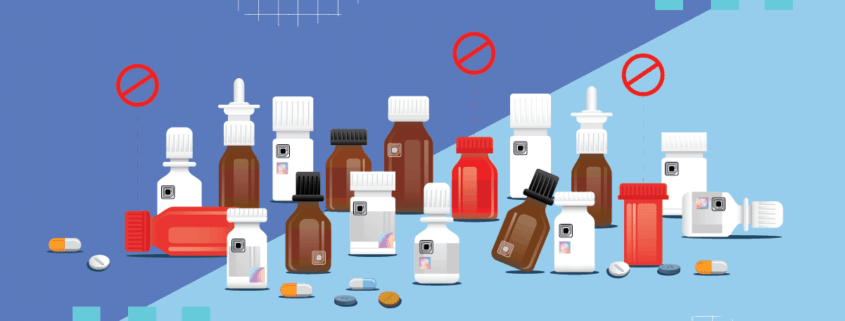

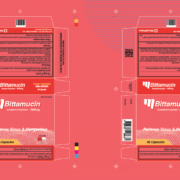
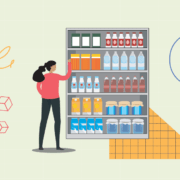
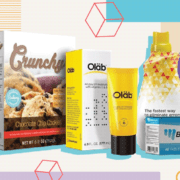
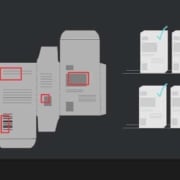
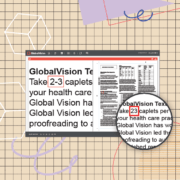


Packaging is essential and effective for any product. Wonderful post!
thats true because packing leaves a good impact on consumers .products look more attractive if they are presented in a better way.
wow amazing blog and its true that packing and outer look of products have a great importance.
wow you have highlight an amazing factor. With coordination we get an amazing results.
Thanks to you for sharing with us .
Best,
Diana